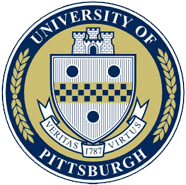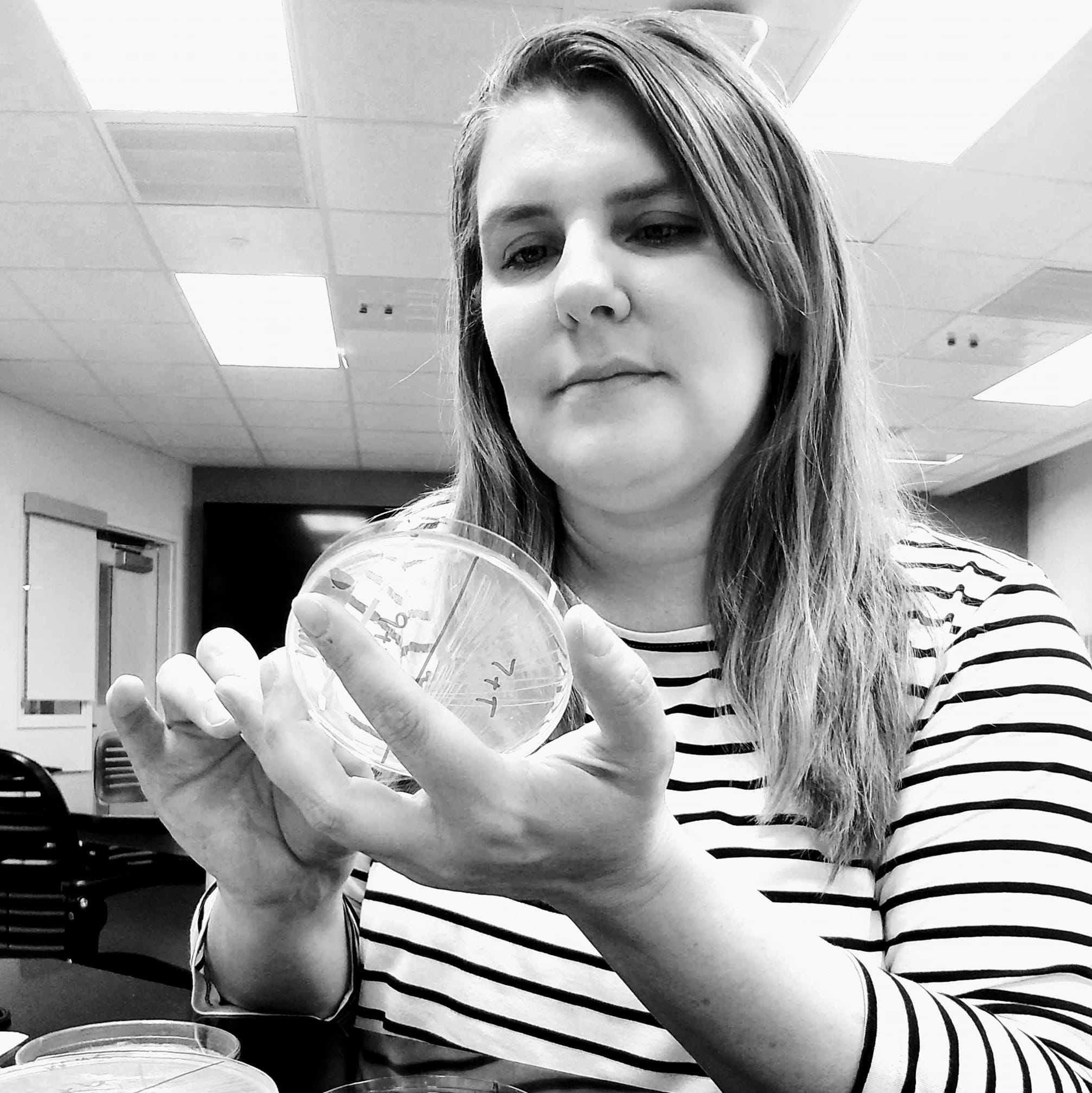Below is a summary of the abstract you submitted. Presenting author(s) is shown in bold.
If any changes need to be made, you can modify the abstract or change the authors.
You can also download a .docx version of this abstract.
If there are any problems, please email Dan at dar78@pitt.edu and he'll take care of them!
This abstract was last modified on May 30, 2024 at 3:09 p.m..

Course-based undergraduate research experiences are known to have positive impacts on student retention in the sciences. However, these types of laboratory courses require more specialized instructor training and material preparation than more traditional technique-based survey courses. At the University of Pittsburgh, we routinely offer approximately 15-20 sections of both SEA-PHAGES I (Phage Discovery) and SEA-PHAGES II (Genome Annotation) each semester that serve approximately 700 students each year. Each course is overseen by a course developer who designs a course schedule and materials, teaches two sections, and trains a team of approximately 5 instructors to teach the remaining sections. Preparation of experimental materials is completed by a team of 3 full time personnel. At this scale, we have had to implement various strategies to keep the expense, preparation, and organization of experimental materials manageable. For phage discovery, we have found that many materials (such as PYCa plates, aliquots of top agar, aliquots of phage buffer, and host cell cultures) can be prepared during summer and winter breaks and stored under appropriate conditions for several months. Students each analyze an individual soil sample to attempt to isolate a novel phage, but then work together for the remainder of the semester to characterize the first phage found within their lab group. To streamline the genome annotation course, students gather data using PECAAN or directly through websites for the annotation tools as opposed to installing DNA Master on individual student machines. Students keep annotation notes in spreadsheets and a final DNA Master file is compiled by the instructor for submission to GenBank. To keep the number of genomes that require final review to a manageable number, an individual instructor annotates the same genome with multiple sections of students.
Another major focus when running multiple sections of a research-based introductory laboratory course is adequate training of instructors to respond to a variety of experimental outcomes that they may encounter each week. Our instructors typically attend a week-long summer training session in which we complete the entire set of phage discovery experiments and/or practice annotation of 10-20 genes of varying difficulty. Throughout the semester, we continue to meet weekly to review the specific concepts and analysis that will occur in each weekly class meeting. If the instructor team includes any new instructors, they will be paired with an experienced instructor to annotate the same phage and observe a section each week prior to teaching their first section. Adoption of these strategies has allowed our team to successfully offer course-based research experiences in multi-section formats that now allow every introductory biology student at the University of Pittsburgh to experience hands-on authentic research as part of their undergraduate education.

